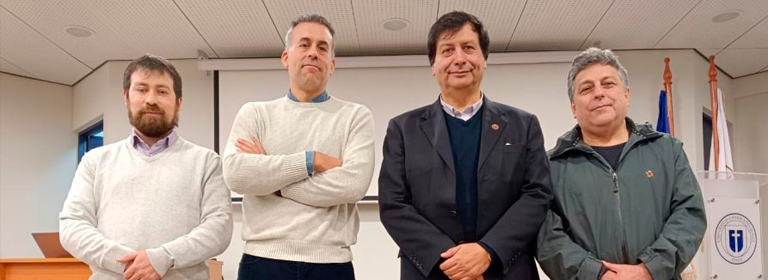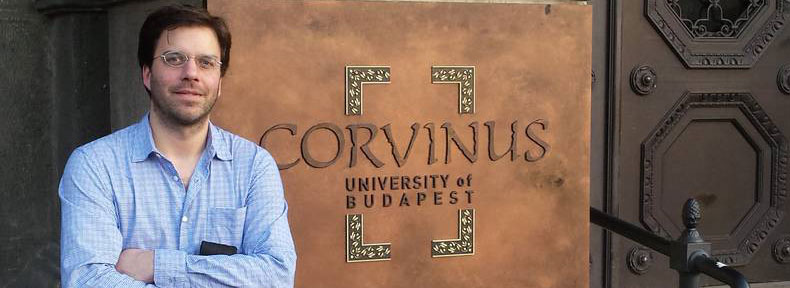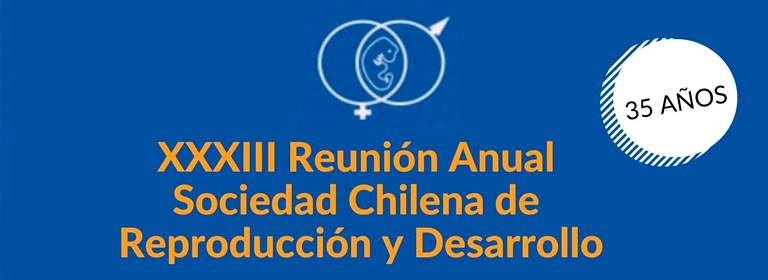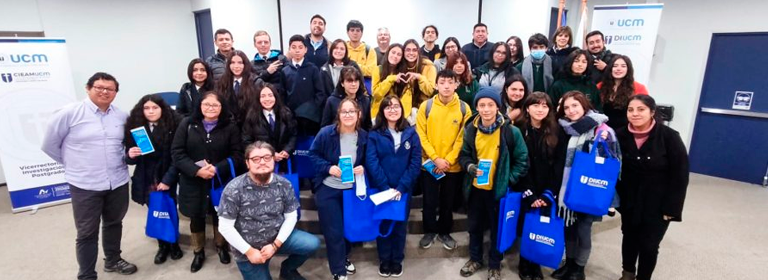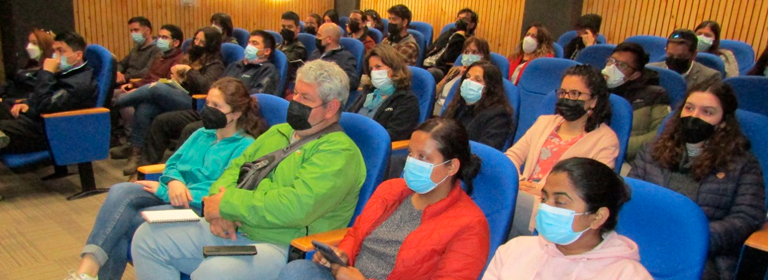Researcher Antonio Cabrera presented a new irrigation model for cherry trees based on sensors that will make it possible to irrigate plantations more efficiently and accurately.
 Agriculture has taken the lead in the use of artificial intelligence in the field. Sensors installed in cherry orchards will allow farmers to make more informed and accurate decisions about their crops.
Agriculture has taken the lead in the use of artificial intelligence in the field. Sensors installed in cherry orchards will allow farmers to make more informed and accurate decisions about their crops.
«We all know what climate change means, but sometimes we forget that responses to these changes must be territorial, so that they have a local effect. Technology must be at the service of this process,» said the Vice Rector for Research and Postgraduate Studies of the Universidad Católica del Maule (UCM), Hernán Maureira, during the launch of the project.
The initiative, headed by Antonio Cabrera, Ph.D. in Plant Production Sciences, seeks to develop a solution for efficient water management through sensors, drones and artificial intelligence techniques. It is a new irrigation model, which has the support of the Innovation Fund for Competitiveness (FIC) of the Regional Government.
«It is a pilot project that will cover about ten hectares of cherry trees, one of the most important crops in the area. There we will install sensors that will measure exactly the physiological state of the tree to know if it needs some input, either water or fertilizer or if on the contrary it is in good physiological condition. The sensor will register the diametral increment of the tree, the sap flow, the temperature, and the internal humidity of the wood, the soil, and the environment. It will be like an electrocardiogram of the tree,» said Cabrera, an academic at the Centro de Investigación de Estudios Avanzados del Maule (CIEAM), which belongs to the university.
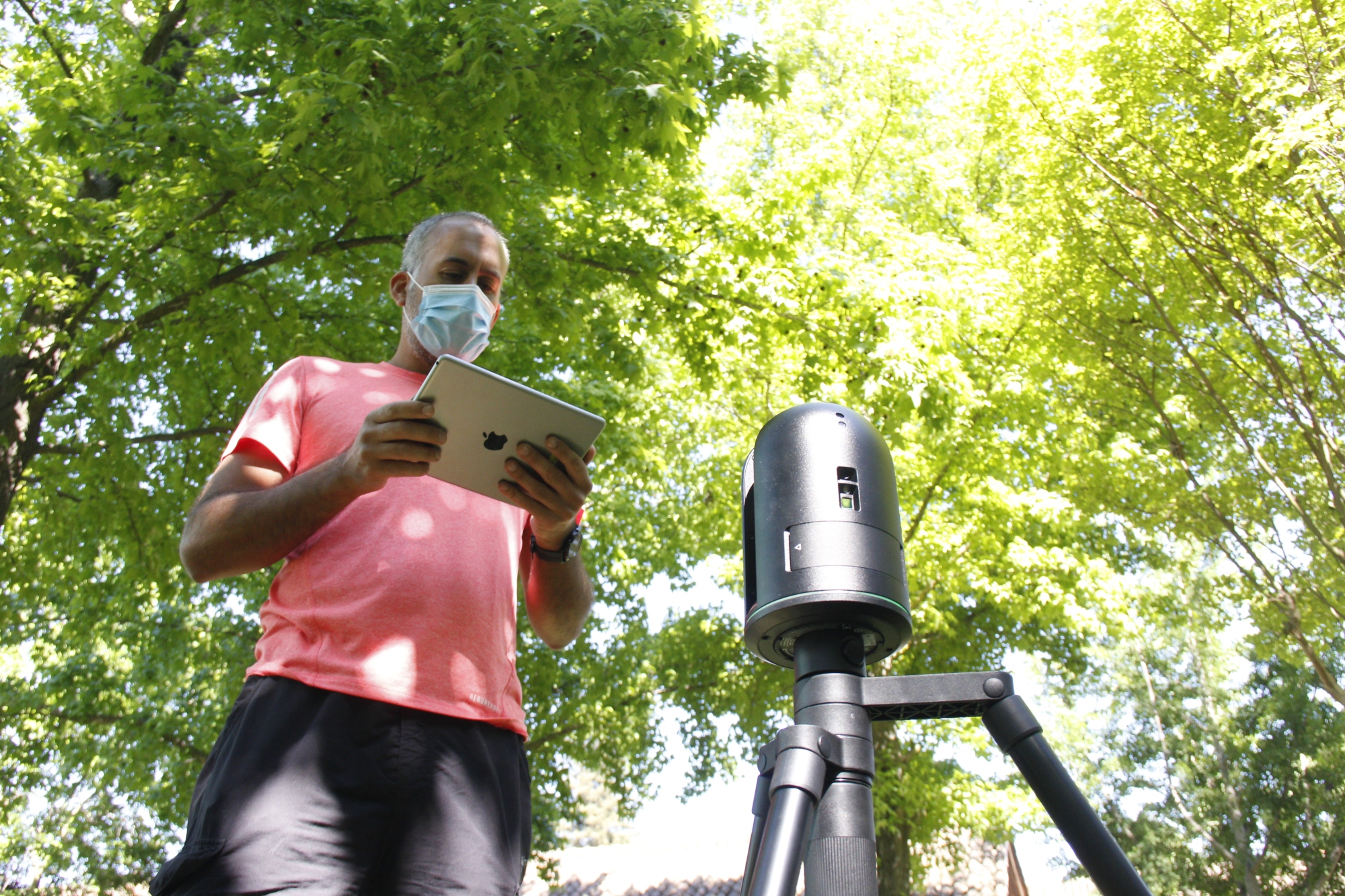 The Italian-made sensor will calculate the variables by means of a needle that will be inserted into the tree trunk and will send the information to a server via text messages.
The Italian-made sensor will calculate the variables by means of a needle that will be inserted into the tree trunk and will send the information to a server via text messages.
«Each sensor has a card like the one in the phones that will send information in real time. In summer, the frequency of messages will be higher, perhaps every two or three hours, and in winter, perhaps once a day. A total of 36 trees will be monitored,» said the researcher.
According to Cabrera, the devices would make it easier to reduce water use by 20 percent. «They are on a ship right now and should arrive in mid-August. I am aiming for a saving of 20 to 30 percent of water, and although it could be more, I prefer to be conservative,» he said.

